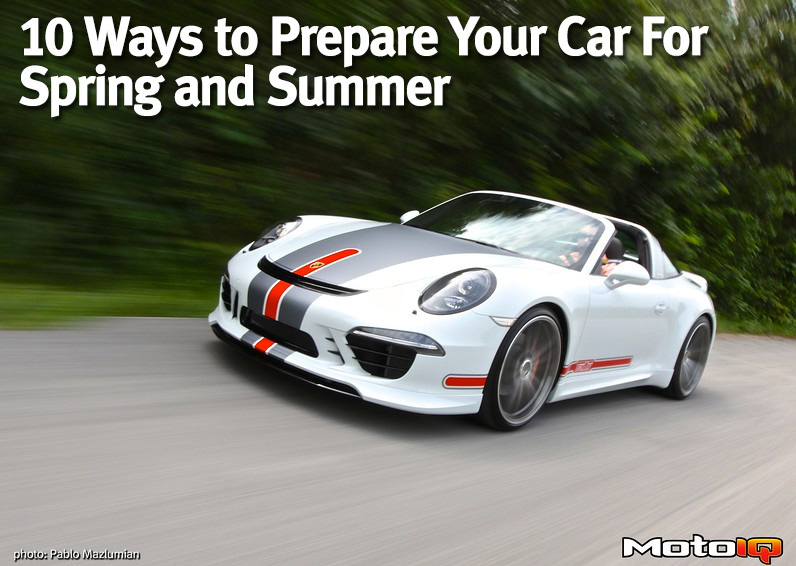,
In some parts of the country, residents can see up to nearly 100F temperature changes throughout the year. If they filled up their tires to 38 PSI on a -15F night in the winter, and today they are seeing 85F in the shade, that can mean the tire is now at 48 PSI, and more if it’s sitting in the sun! Therefore, we must make sure to check those tire pressures. And yes, this goes for you nitrogen users as well.

Our Mazda MPV minivan can see sub-freezing weather in the heart of America, while also experiencing 100-plus degree weather during its yearly drives to California through the desert. If we were to use the same tires and not check them all year, our pressures could be all over the place and negatively affecting fuel economy as well as tire wear.

Our Mazda MPV uses winter-specific tires during the cold months, which are phenomenal in sub-freezing weather as well as in the snow–just check out our winter tire test, where we worked a few all-wheel-drive trucks in the snow (including this one by a football field from 0-40-0). If you're like us, and used winter tires during the winter, it's time to put them away for the hotter months. Mounting all-seasons onto your year-round driver in the Spring will ensure better wet-handling in warmer weather and not prematurely wear your winter tires. Ideally, winter tires should only be used in less-than-42F weather.

When removing your winter tires, you can have your little elves remove any pebbles that got picked up into the sipes with a screwdriver before storing them away. They'll love it.

#6: ALIGNMENT
As important as tires and tire pressures are, a vehicle with properly inflated tires will not handle well—and suffer premature wear—if the alignment is off. During the winter months, especially when driving around in the snow, drivers tend to more often slide into curbs and run over things they otherwise would have seen, like small boulders or other objects in the road. When hitting these objects, the alignment can become slightly altered. Therefore, you can make sure your vehicle’s alignment is up to par by taking it to an alignment shop. If you were planning to swap new coil-overs or suspension bushings, do those first before doing the alignment.

Project M3's got an alignment done at Brakes Plus Automotive in Lenexa, Kansas after getting a set of Whiteline bushings installed. We're planning to install a new set of rear trailing arm bushings for this year, which will more than likely mean another visit to Brakes Plus.



